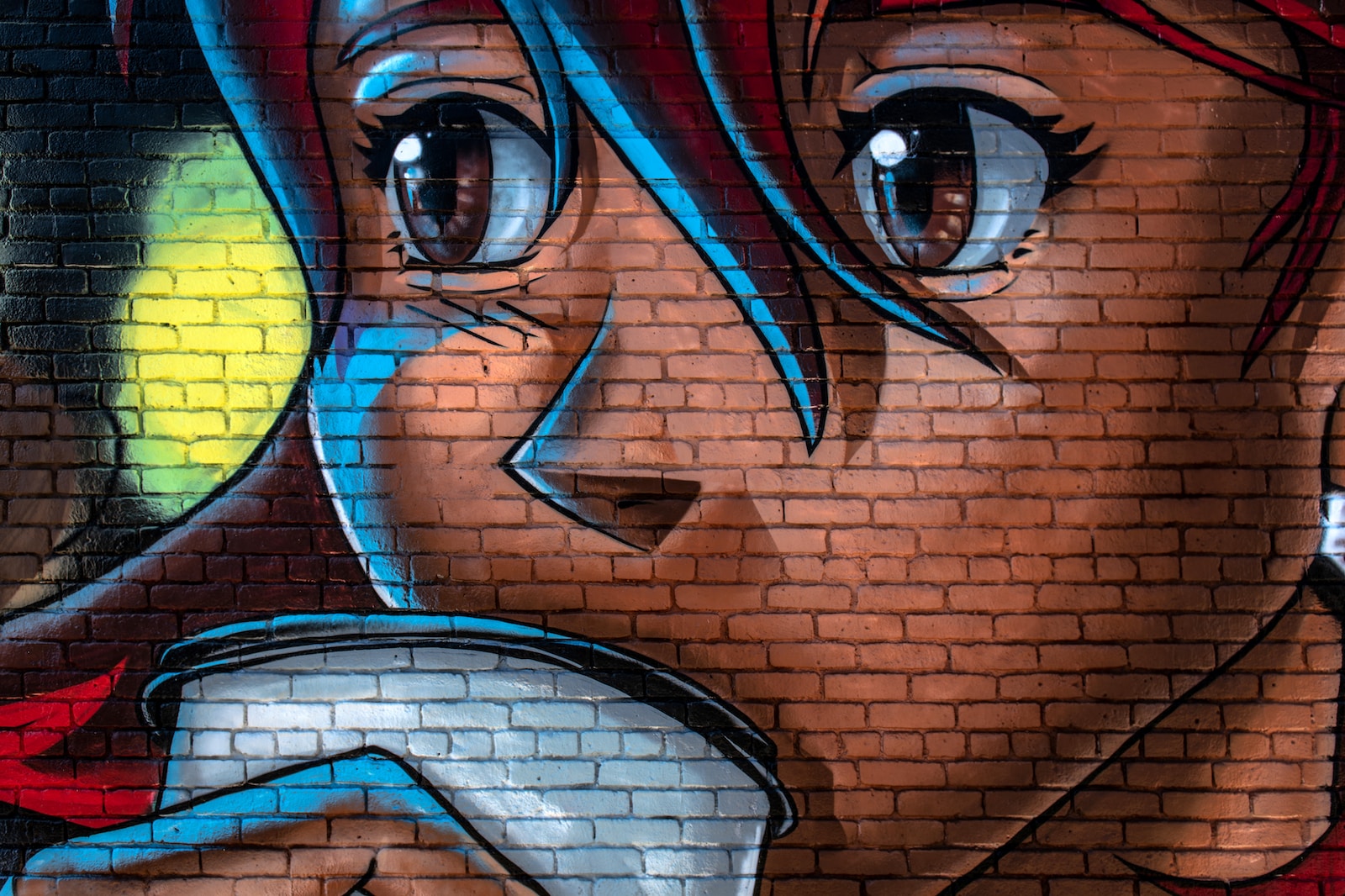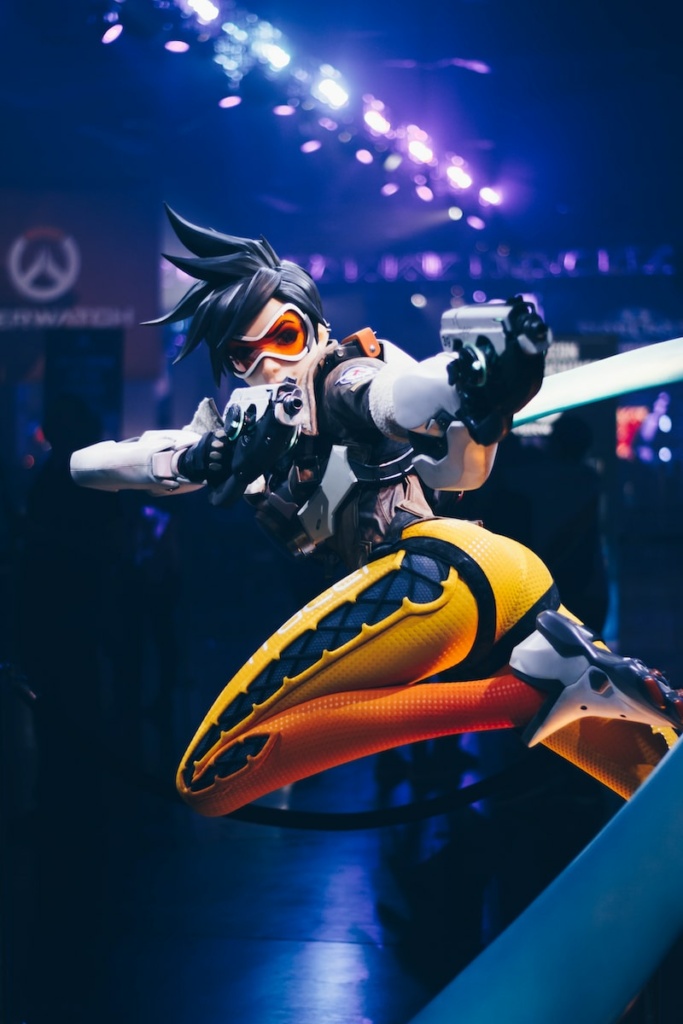
Greetings, fellow cinephiles and anime enthusiasts! Emma here, your trusty cinematic tour guide, and today, we’re embarking on an exciting journey through the captivating world of anime. From the early days of black-and-white television to the enchanting creations of Studio Ghibli, we’ll explore the history, evolution, and enduring magic of this beloved art form. So, don your anime-inspired cosplay (if you dare), grab some Pocky, and join me as we dive into the fascinating history of anime, sprinkled with a dash of humor and plenty of real-world examples.
The Birth of Anime: Astro Boy and the ’60s
Our journey begins in the land of the rising sun, Japan, during the early 1960s. It was a time of technological marvels, post-war rebuilding, and the birth of a cultural phenomenon—Astro Boy, also known as “Tetsuwan Atom.”
Astro Boy (1963-1966)
Created by the legendary Osamu Tezuka, Astro Boy was a pioneering anime series that introduced audiences to the world of animated Japanese storytelling. It featured a young robot boy with a heart of gold and a penchant for fighting injustice.
Impact: Astro Boy set the stage for the future of anime, laying the groundwork for its themes of technology, ethics, and the human condition.
Speed Racer (1967-1968)
Following Astro Boy, “Speed Racer” (or “Mach GoGoGo”) roared onto the scene with its fast-paced racing action, memorable characters, and a catchy theme song.
Impact: Speed Racer became a cultural sensation and helped popularize anime in the West.
The ’70s and ’80s: A Golden Age of Innovation

The 1970s and 1980s marked a period of innovation and diversification in anime, as studios experimented with new genres, styles, and storytelling techniques.
Mobile Suit Gundam (1979-1980)
“Mobile Suit Gundam” was a game-changer, introducing the “real robot” genre that focused on realistic mecha designs and complex characters.
Impact: Gundam revolutionized the giant robot subgenre and gave rise to a massive franchise that continues to thrive today.
Space Battleship Yamato (1974-1975)
“Space Battleship Yamato,” or “Star Blazers” in the West, combined space opera with stunning animation and epic battles.
Impact: The series was instrumental in popularizing the space genre in anime.
Neon Genesis Evangelion (1995-1996)
While technically in the ’90s, “Neon Genesis Evangelion” deserves a mention for its profound influence on anime. It deconstructed the mecha genre, exploring psychological and philosophical themes.
Impact: Evangelion’s complex characters and symbolism sparked intense discussions and redefined the genre.
The Rise of Studio Ghibli: ’80s and Beyond
No discussion of anime’s history is complete without mentioning the remarkable Studio Ghibli, a powerhouse of creativity and storytelling.
Nausicaä of the Valley of the Wind (1984)
Before the official formation of Studio Ghibli, Hayao Miyazaki directed “Nausicaä of the Valley of the Wind.” This epic tale of a princess in a post-apocalyptic world set the tone for Ghibli’s future works.
Impact: “Nausicaä” showcased Miyazaki’s environmental themes and the studio’s commitment to richly detailed worlds.
My Neighbor Totoro (1988)
The lovable forest spirit Totoro made his debut in this heartwarming film, capturing the hearts of viewers young and old.
Impact: “My Neighbor Totoro” established Ghibli’s reputation for enchanting, family-friendly stories.
Spirited Away (2001)
“Spirited Away” took the world by storm, becoming a global sensation and earning an Academy Award for Best Animated Feature.
Impact: Spirited Away showcased Ghibli’s ability to blend fantasy, coming-of-age themes, and stunning visuals into a mesmerizing masterpiece.
The Digital Age: 21st-Century Anime

The 21st century brought new technologies and opportunities, enabling anime to reach wider audiences than ever before.
Cowboy Bebop (1998)
Though technically from the ‘90s, “Cowboy Bebop” deserves a mention for its impact on the 21st-century anime landscape. It combined jazz, space western elements, and complex characters to create a timeless classic.
Impact: Cowboy Bebop’s influence can be seen in its enduring popularity and the emergence of Western adaptations.
Attack on Titan (2013-2021)
“Attack on Titan” shattered records and garnered a massive international fanbase with its dark and intense storyline about humanity’s struggle for survival against giant humanoid creatures.
Impact: The series redefined the dark fantasy genre and inspired a wave of similar shows.
Your Name (2016)
“Your Name“ (Kimi no Na wa) directed by Makoto Shinkai, became a global phenomenon, captivating audiences with its breathtaking animation and emotional storytelling.
Impact: Your Name solidified Shinkai’s position as a prominent director and demonstrated anime’s global appeal.
The Future of Anime: Streaming and Beyond
As we venture further into the 21st century, anime continues to evolve and adapt to changing times, with streaming platforms playing a pivotal role in its global reach.
Streaming Revolution
Streaming services like Netflix, Crunchyroll, and Funimation have made anime more accessible to international audiences, bringing both classics and new releases to viewers worldwide.
Impact: Streaming has broadened the fanbase and allowed niche genres to flourish.
Demon Slayer: Kimetsu no Yaiba (2019-present)
“Demon Slayer” took the anime world by storm with its breathtaking animation and compelling characters, becoming a cultural phenomenon.
Impact: The film “Demon Slayer: Mugen Train” became the highest-grossing film ever in Japan, showcasing anime’s continued box office success.
Upcoming Projects
Anime shows like “Jujutsu Kaisen,” “Attack on Titan” (finale), and “My Hero Academia” continue to generate excitement, while upcoming Ghibli films promise to enchant new generations.
Impact: These projects will undoubtedly shape the future of anime and its place in global pop culture.
In Conclusion: An Ever-Evolving Art Form
Anime’s journey from the birth of Astro Boy to the enchanting worlds of Studio Ghibli and the digital age is a testament to its enduring creativity and appeal. It has transcended borders, languages, and generations, captivating audiences around the world.
So, whether you’re a seasoned otaku or a curious newcomer, anime’s rich history and diverse offerings ensure there’s always something magical waiting for you in this captivating world of animated storytelling.
Stay tuned for more cinematic adventures, my fellow anime enthusiasts, and may your screens continue to be graced with the timeless artistry of anime. Until next time, “Sayonara!”


